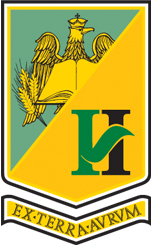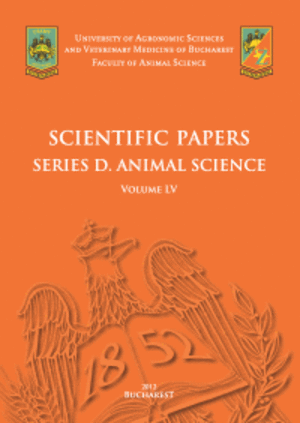Published in Scientific Papers. Series B, Horticulture, Vol. LXVIV, Issue 1
Written by Sorina NIȚU (NĂSTASE), Vasilica LUCHIAN, Monica TOD, Paul ZEVEDEI, Tudor ENE, Virgil NIȚU, Adrian BLAJ
The objective of this work was the morphological and anatomical study of vegetative organs in the species Arnica montana L. it belongs to the Asteraceae family. The genus includes approximately 30 species, herbaceous, perennial, has yellow or orange flowers, reaches a height of approximately 60 cm. It originates from the mountain regions of Europe, North America. It is commonly found in alpine meadows, on wetlands and in forests. Arnica montana L. is an endangered medicinal plant species endemic to Europe. Traditionally used in Romania for its anti-inflammatory and analgesic properties, it stimulates blood circulation, reduces edema, has a healing and antimicrobial effect. After analyzing the morphology and anatomy of arnica leaves, it was found that in both epidermises there are peri tectors and glands, short and long, the mesophyll is bifacial type, differentiated into palisade tissue with 1-2 rows of cells, under upper epidermis and lacunate tissue, with 4-5 rows of cells, with intercellular spaces, below the lower epidermis. The leaf blade is amphistomatic, with stomata in both epidermises.
[Read full article] [Citation]




